Safety Tips for Car Owners – Keep Your Ride Safe & Reliable
Driving a car is part of everyday life, but a few simple habits can stop problems before they start. Below you’ll find quick, practical safety tips you can use right now, whether you’re a seasoned driver or just getting into the driver’s seat.
Everyday Checks That Prevent Breakdowns
First thing in the morning, pop the hood and glance at the fluid levels. Engine oil, coolant, and brake fluid are the lifeblood of your car. If any level looks low, top it up before you head out – it’s far cheaper than a roadside rescue.
Next, give your tyre pressure a once‑over. Under‑inflated tyres wear faster, lower fuel efficiency, and can cause a blow‑out. A quick read on a digital gauge or at a garage can save you from a nasty surprise on the motorway.
Check your brake pads regularly. If you hear a squeal or feel the pedal sink to the floor, it’s time for a professional look. Changing only the rear pads can work in some cases, but most experts recommend swapping both sets at the same time for balanced stopping power.
Don’t forget the lights. Headlights, brake lights, and turn signals are essential for visibility and legal compliance. A burnt‑out bulb can lead to a fine or, worse, an accident in low‑light conditions.
When to Call the Professionals
Some issues are easy DIY fixes, like replacing a battery or topping up fluids. Others, like a bent suspension or a failing clutch, need a trained mechanic. Driving with a bent suspension can affect handling and wear other components faster, so book an inspection as soon as you notice uneven tyre wear or a pulling feeling.
If your car’s clutch starts to smell burnt or slips under load, keep the mileage low and plan a repair. A clutch can last a few hundred miles after the first sign of trouble, but waiting too long risks a complete failure that could leave you stranded.
Windshield wipers often get overlooked. A cracked rear wiper may be illegal in the UK and can affect your MOT. Replace both blades at the same time for even wiping and better visibility in rain.Finally, keep an eye on the engine’s performance. Misfiring, rough idling, or a loss of power can point to bad spark plugs or a clogged fuel injector. Swapping out spark plugs at the right interval keeps fuel efficiency up and protects engine components.
By staying on top of these simple checks and knowing when to bring in a pro, you’ll keep your car running smoothly and avoid costly repairs. Keep these safety tips in mind, and you’ll drive with confidence every day.
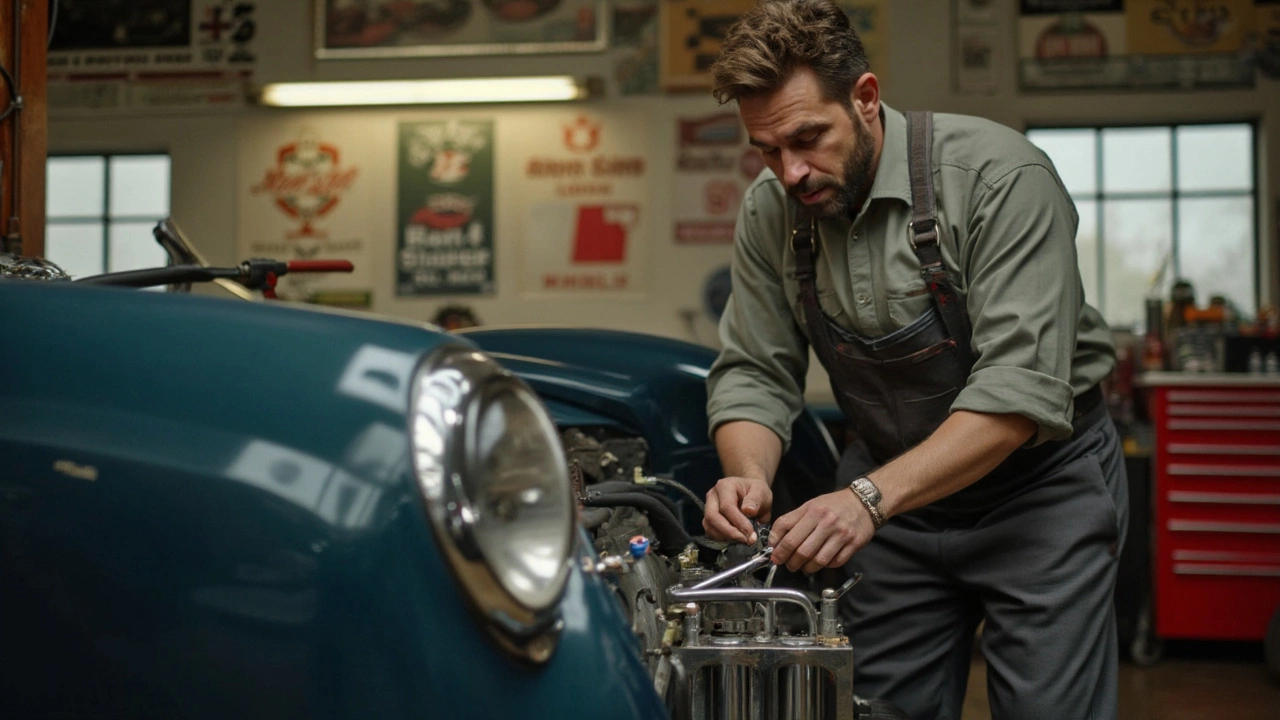 25 February 2025
25 February 2025
Disconnect Battery First? Swapping Out Your Fuel Pump Safely
Wondering if you should disconnect the battery when changing your car's fuel pump? This practical guide explores why it's crucial to cut power before swapping out your fuel pump, ensuring both safety and efficiency. Learn valuable tips and intriguing facts about maintaining your car's fuel system, so you can tackle this task like a pro. Discover how small steps can make a big difference in your car's performance and your peace of mind.

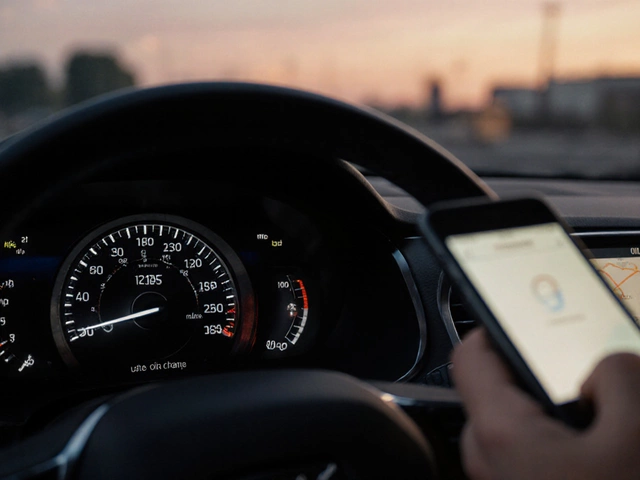
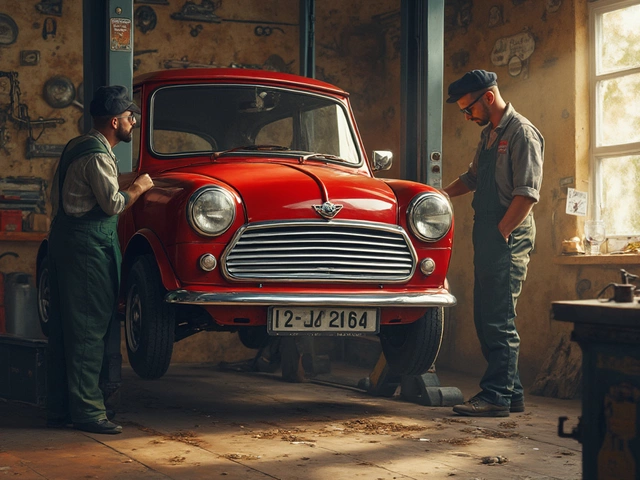
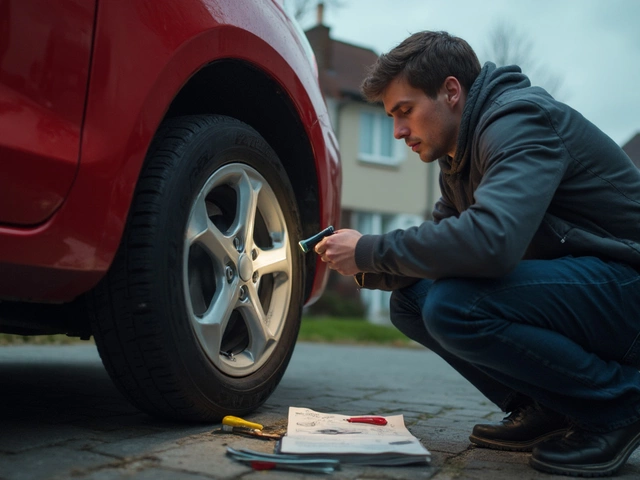
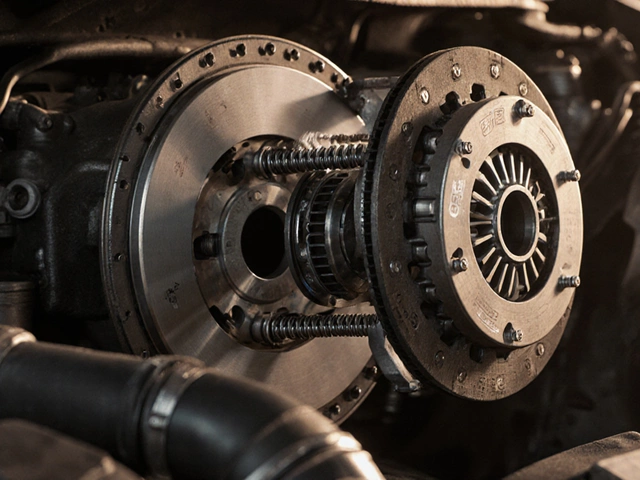
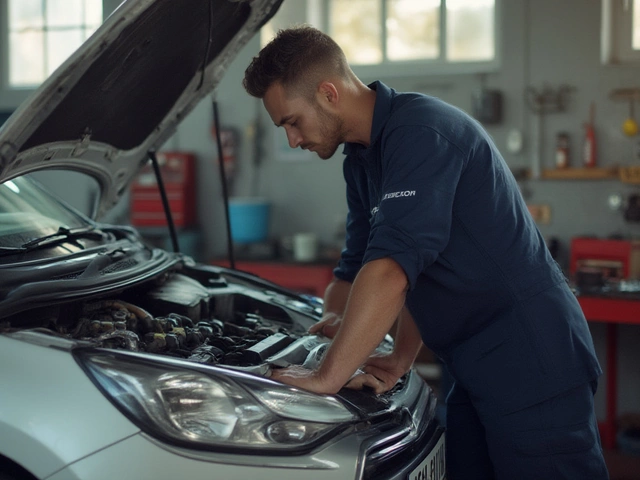
0